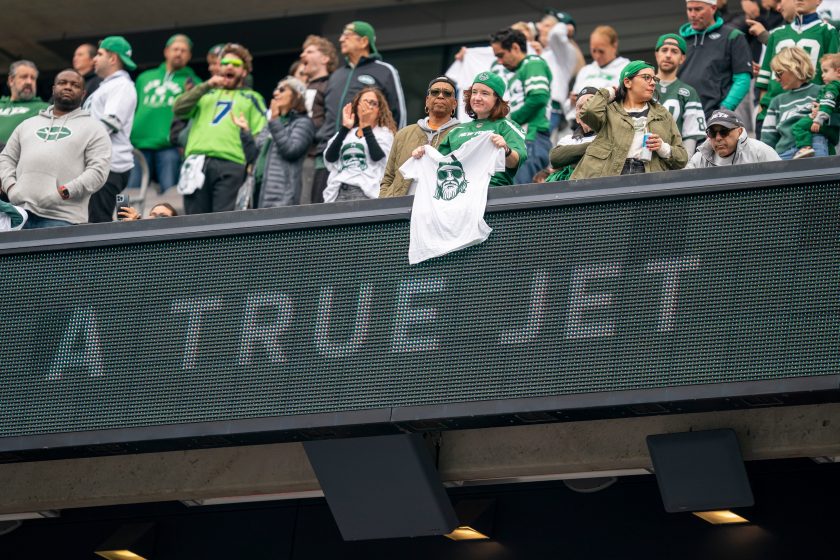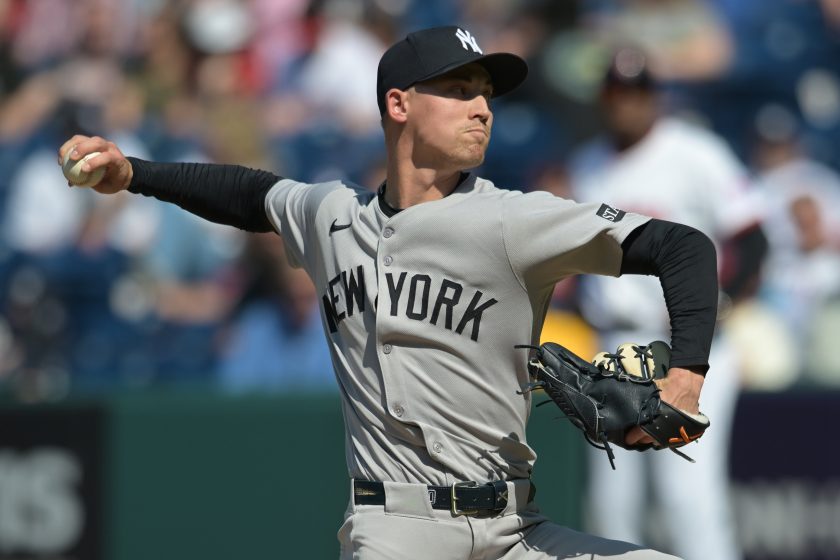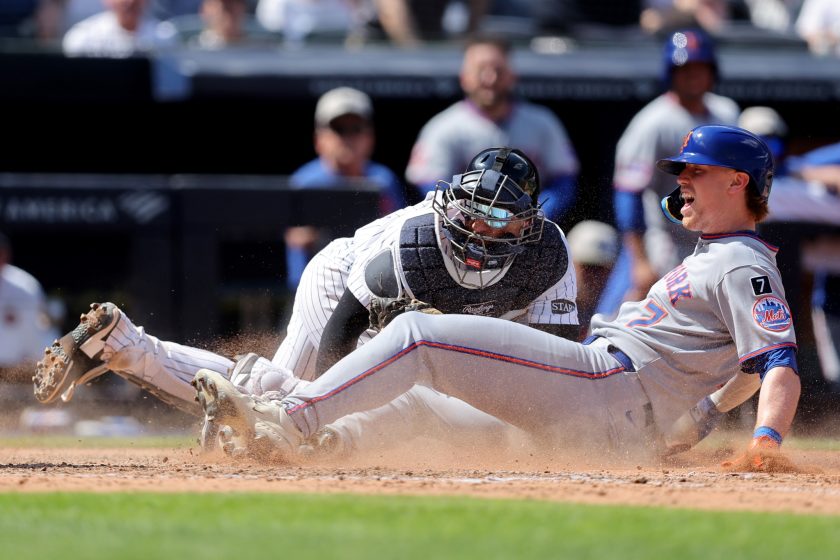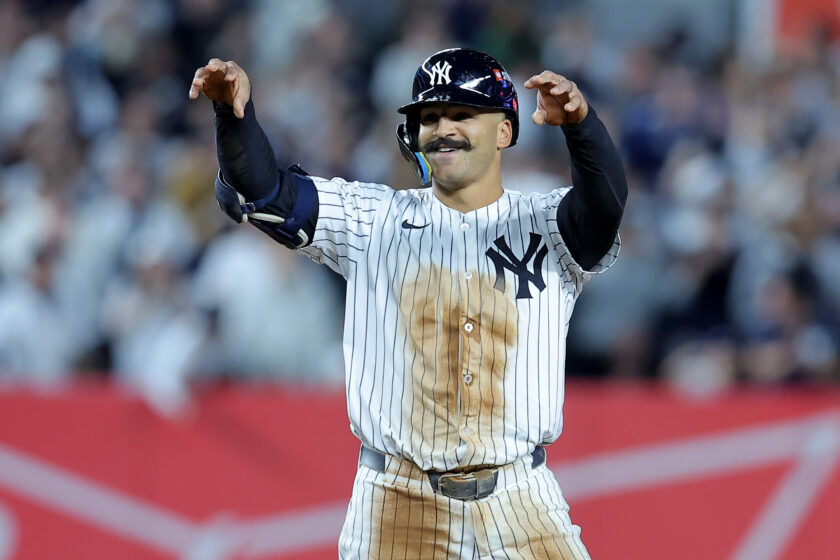The New York Yankees’ biggest X-factors heading into 2017
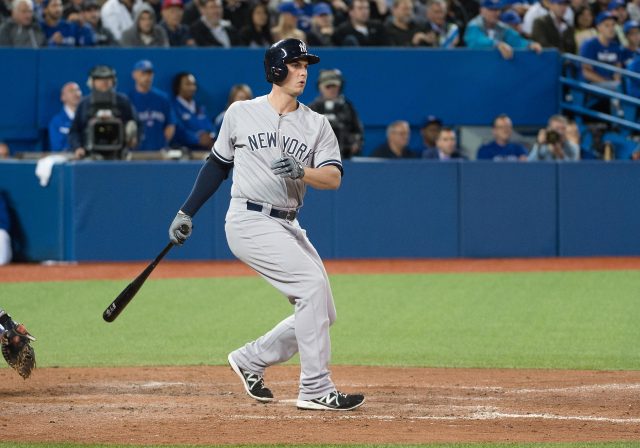
Jacoby Ellsbury
We’ve talked about this before, and there is a genuine argument that sides with Jacoby Ellsbury being the biggest X-Factor for the Yankees.
Just take a look at the following graph, which connects Ellsbury’s varying on-base percentage to the Yankees’ wins and losses throughout last season:
[sc name=”Yankees Fanatics Center” ]
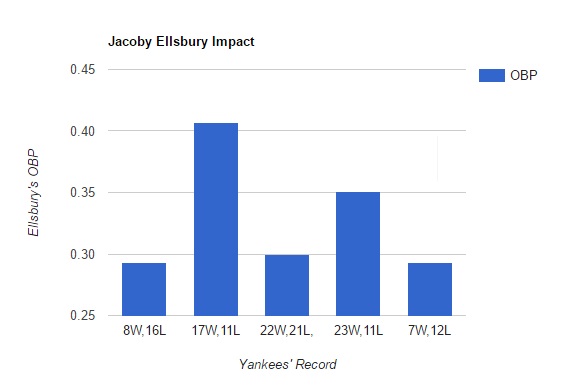
Overall, in games New York emerged as victors (77 times with Ellsbury making an appearance), Jacoby slashed .343/.411/.534 and totaled 151 bases.
In 71 losses with him making an appearance, his slash line deteriorated to .179/.239/.205 with a mere 55 total bases.
If Ellsbury encounters positive health and consistency, his presence could reconstruct the Yankees’ offense with a top of the order strength and an influential table-setter for the middle of the order — which already seems much-improved.
It’s really not that complicated for Ellsbury, despite the fact that he’s not living up to the quality of his seven-year, $153-million contract.
[sc name=”Yankees Link Slideshow” link=”elitesportsny.com/2017/01/20/new-york-yankees-biggest-x-factors-heading-2017/5″ text=”Michael Pineda” ]Christian Kouroupakis covers the New York Yankees and is the Editorial Director for ESNY. Interact with him and view his daily work by “liking” his facebook page and follow him on Twitter. All statistics are courtesy of Baseball Reference.com unless otherwise noted. Don’t hesitate to shoot him an email with any questions, criticisms, or concerns.

